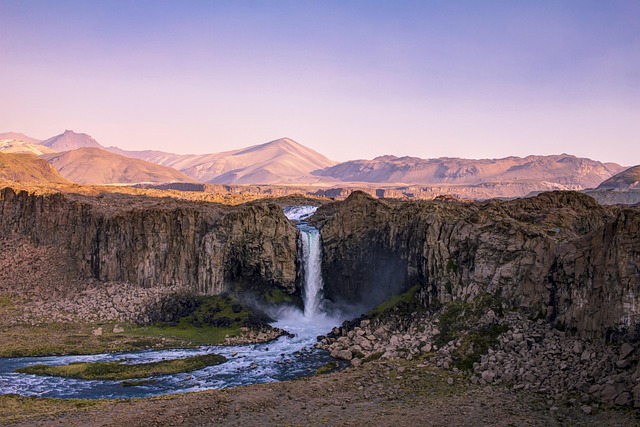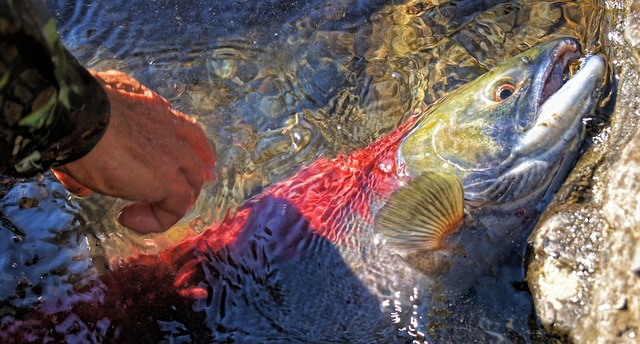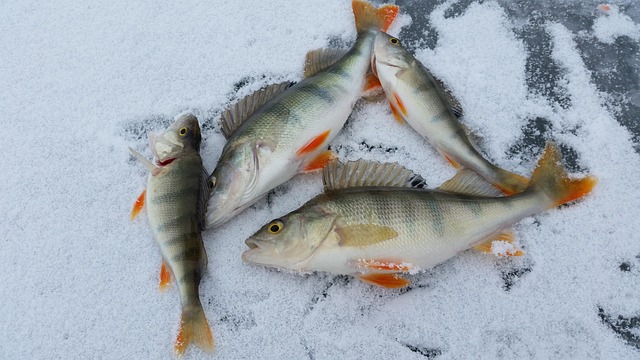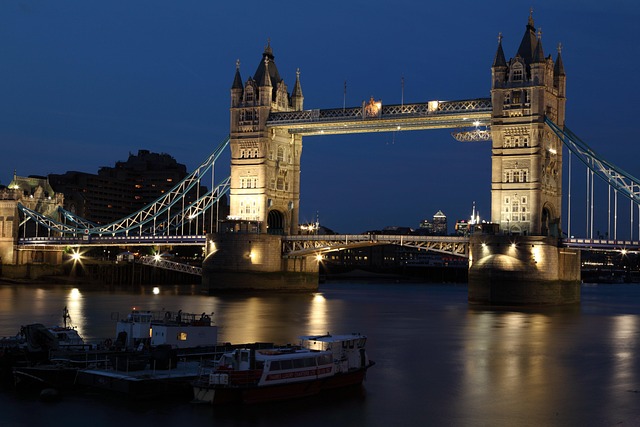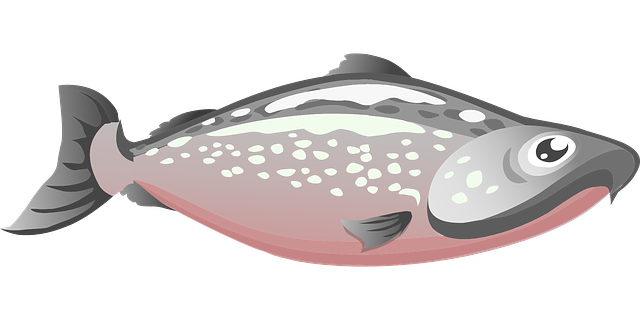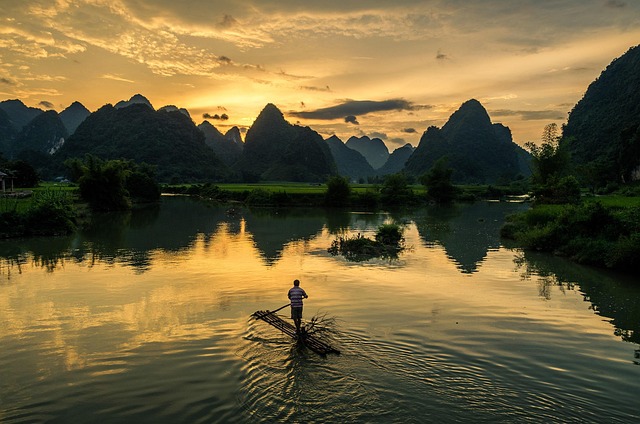Lane County, Oregon, boasts a thriving salmon fishing ecosystem due to its diverse waterways and rich ecological heritage. Conservation efforts prioritize balancing environmental sustainability and economic opportunities by monitoring water quality, preserving habitats, and promoting responsible fishing practices. These measures aim to sustain fish populations and the web of life dependent on healthy rivers and oceans while protecting the county's iconic salmon for future generations through multi-faceted strategies including habitat restoration, pollution control, and technological advancements.
“Lane County, Oregon, is a haven for salmon fishing enthusiasts, but the health of its salmon populations faces significant challenges. This article delves into the intricate world of Lane County’s salmon fishing ecosystem, exploring the factors impacting these prized fish. We examine the struggles faced by local salmon populations and highlight successful conservation efforts. Furthermore, we provide insights into future strategies to ensure sustainable salmon fishing practices in this vibrant region, emphasizing the importance of Lane County salmon fishing conservation.”
- Understanding Lane County's Salmon Fishing Ecosystem
- Challenges Facing Salmon Populations in the Region
- Conservation Efforts and Their Impact
- Future Strategies for Sustainable Salmon Fishing
Understanding Lane County's Salmon Fishing Ecosystem
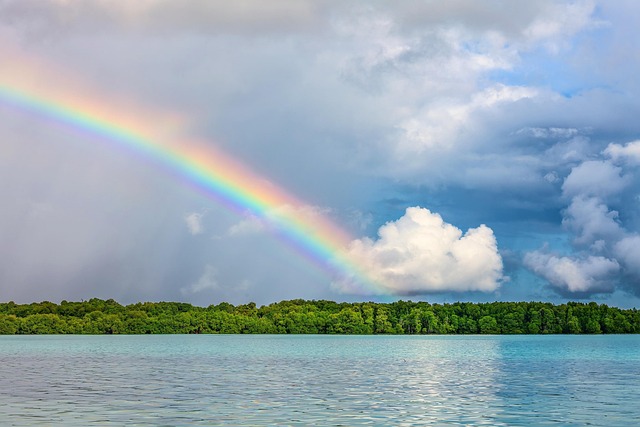
Lane County, with its diverse waterways and rich ecological heritage, is home to a thriving salmon fishing ecosystem. The health of this system is vital for both local wildlife and human communities. Conservation efforts in Lane County salmon fishing focus on maintaining the delicate balance between environmental sustainability and economic opportunities provided by this popular activity. By understanding the intricate relationships within the ecosystem, from river conditions and water quality to fish behavior and migration patterns, conservationists can implement strategies to protect and restore these vital resources.
These efforts involve monitoring water quality, preserving habitats, and promoting responsible fishing practices. The goal is to ensure that future generations can continue to enjoy the thrill of catching a wild salmon while also maintaining the ecological integrity of Lane County’s waterways. In this way, conservation plays a crucial role in sustaining not just the fish populations, but the entire web of life that depends on healthy rivers and oceans.
Challenges Facing Salmon Populations in the Region
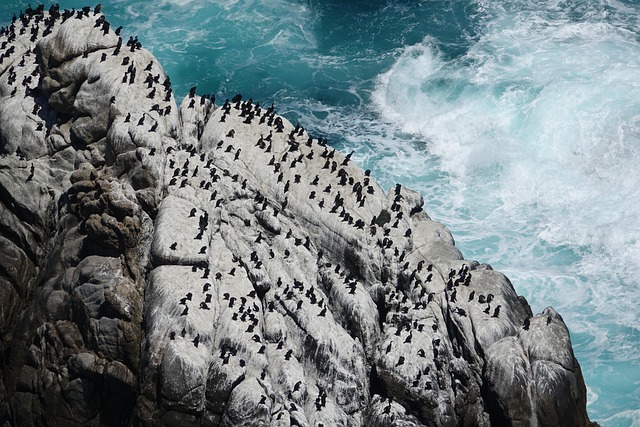
The vibrant and bustling Lane County region in Oregon is renowned for its stunning natural landscape and abundant wildlife, including a rich history of salmon fishing. However, the local salmon populations face significant challenges that demand attention and conservation efforts. One major hurdle is habitat degradation due to urban development, logging, and agriculture, which fragment and pollute rivers, hindering salmon migration and breeding grounds.
Moreover, climate change exacerbates these issues with rising water temperatures, altered rainfall patterns, and increased river flow volatility, making it harder for salmon to thrive and survive. Overfishing also contributes to the decline in salmon numbers, as commercial and recreational fishing pressure continues unabated. In light of these challenges, Lane County salmon fishing conservation initiatives are crucial to ensure the sustainability and resilience of these iconic fish populations for future generations.
Conservation Efforts and Their Impact
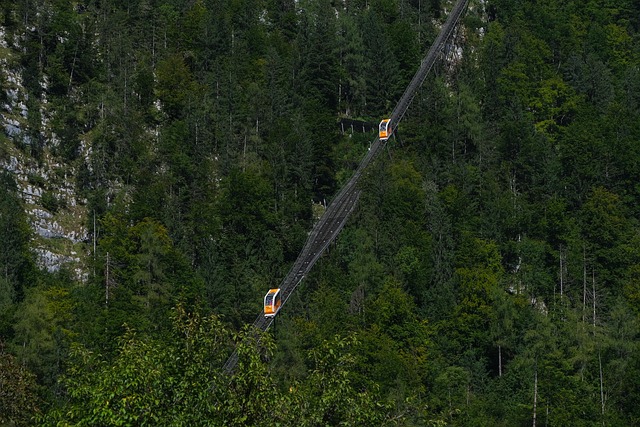
In Lane County, extensive efforts have been undertaken to preserve and restore the thriving salmon fishing industry. These conservation initiatives focus on protecting critical habitats, such as rivers and streams, which serve as vital breeding grounds for salmon populations. By implementing strict regulations regarding water quality and pollution control, along with the restoration of natural barriers like fish ladders and habitats, the county has witnessed a significant rebound in salmon numbers.
The impact of these conservation efforts has been profound. Local fishing communities have seen increased sustainability, ensuring that future generations can continue to enjoy this precious resource. Lane County’s commitment to salmon fishing conservation not only maintains ecological balance but also contributes to the economic vitality of the region through ecotourism and the support of local businesses centered around fishing activities.
Future Strategies for Sustainable Salmon Fishing
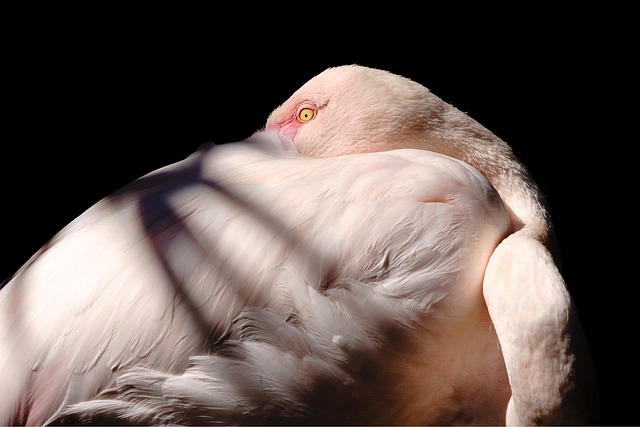
As we look ahead, sustainable Lane County salmon fishing conservation requires a multi-faceted approach to ensure the long-term health of our aquatic ecosystems and the industry that relies on them. Future strategies should prioritize protective measures such as habitat restoration projects aimed at enhancing riparian zones and improving water quality. These efforts, coupled with strict regulations on fishing pressure and gear restrictions, can help mitigate the impacts of human activity on already stressed salmon populations.
Technological advancements also play a crucial role in sustainable practices. Implementing innovative monitoring systems and data collection methods allows for more precise assessments of fish stocks and the effectiveness of conservation measures. This real-time information empowers resource managers to make informed decisions, quickly adapt to changing conditions, and ultimately promote the responsible stewardship of Lane County’s precious salmon fishing resources.
